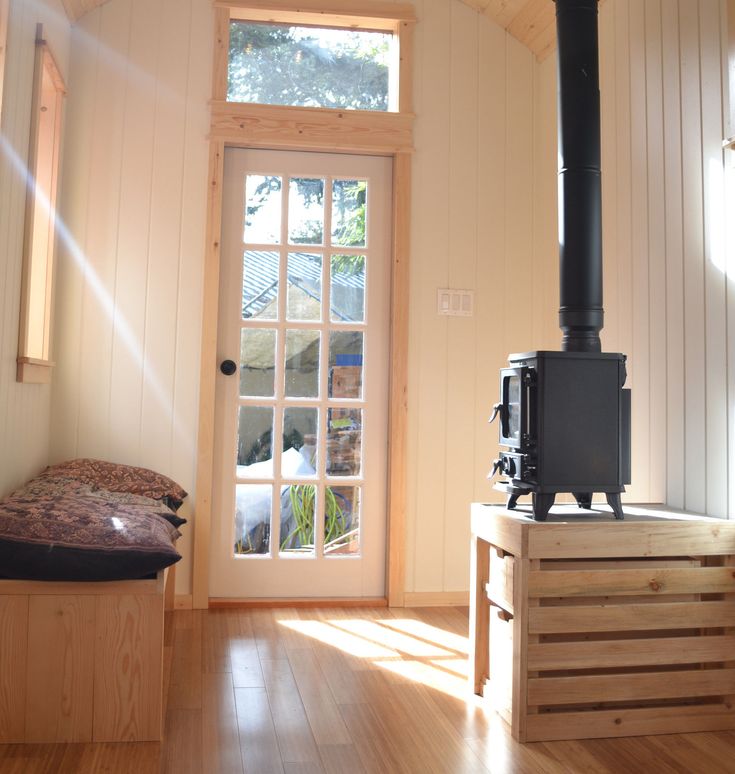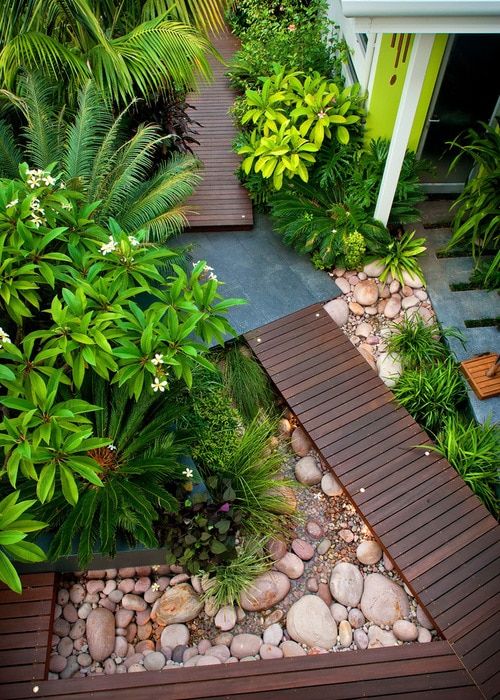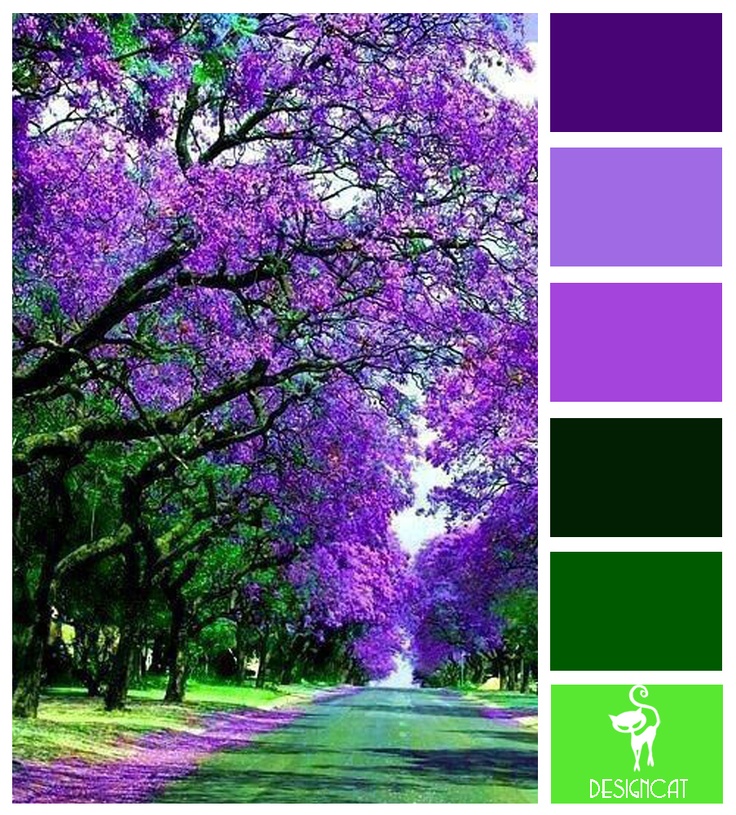Privacy trees front yard
Best Trees for Front Yard That Will Enhance Privacy
Top blog articles
Your front yard is the most important part of your house when it comes to creating the right first impression in the minds of your guests. This is where trees can play a very important role. Planting the right tree will help you achieve a lot more privacy and protection in a natural way. Live fencing is also extremely eco-friendly, making it a popular choice in modern households. This article will focus on the best trees for the front yard that will help you achieve more privacy.
What is a good tree to plant near a house?
There is a wide variety of trees that you may choose to plant near a house. The fast-growing tree varieties are naturally a popular choice for the easy-to-add layer of organic privacy. Fast-growing trees such as Hybrid Willow tree, Leyland Cypress, Green Giant Thuja, and Weeping Podocarpus can easily prove to be a great addition to any yard. While the growth rate is an important point to consider, the size of the yard is also an equally important determinant in this regard. Following is a list of the more popular options for large areas, mid-sized places, and small yards.
Take a look at our guide on How Often Should You Trim Tree Branches!
1. Eastern RedcedarThis tree can reach 60 feet high and have a width of 20 feet at maturity. This is a great option for larger front yards. You will need to plant these trees about 20 feet apart. Also, make sure the trees are away from power lines.
Height: 40-60 feet
Width: 10-20 feet
Sunlight: 3 to 6 hours per day
Buying the Right Gate for your yard? Take a look at these few important considerations
2. Hybrid Willow Tree (fast-growing)This is a fast-growing privacy fence tree that will have you covered quickly. This disease-resistant tree has a growth rate of 6 to 12 feet per year and reaches its mature height in just five years. These plants are best suited for large to mid-sized yards.
Height: 35-45 feet in rows, 75 feet alone
Width: 20 feet
Sunlight: 3 to 6 hours per day
Let’s take a look at the Factors To Consider Before Hiring Tree Planting Services
3.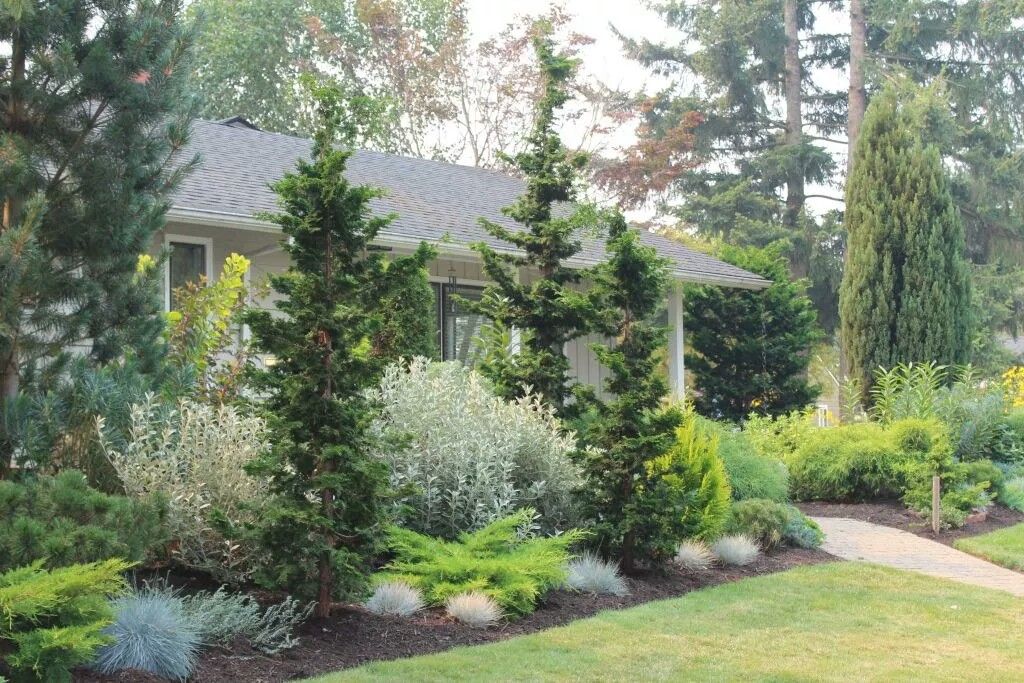 Leyland Cypress (fast-growing)
Leyland Cypress (fast-growing)A popular tree for privacy, the Leyland Cypress is a fast-growing, beautiful evergreen that is great for full coverage in large, well-drained front yards. They require mild to moderate temperatures.
Height: 40-60 feet in rows, 70 feet alone
Width: 15-20 feet in rows, 30 feet alone
Sunlight: 6 hours per day
4. Spartan JuniperSpartan Junipers do best in dry soil and require a lot of sunlight. This tree is a great option for mid-sized front yards.
Height: 15 feet
Width: 3-5 feet
Sunlight: 6 hours per day
What about removing a tree? Take a look at tree removal costs and the factors to take into consideration
5. Sky Pencil HollyThe Sky Pencil Holly will provide you privacy while taking up little space. These plants are prone to root rot if overwatered, so make sure to have a well-drained system.
Height: 8-10 feet
Width: 2 feet
Sunlight: 3 to 6 hours per day
Check out this article on Front walkway landscaping ideas.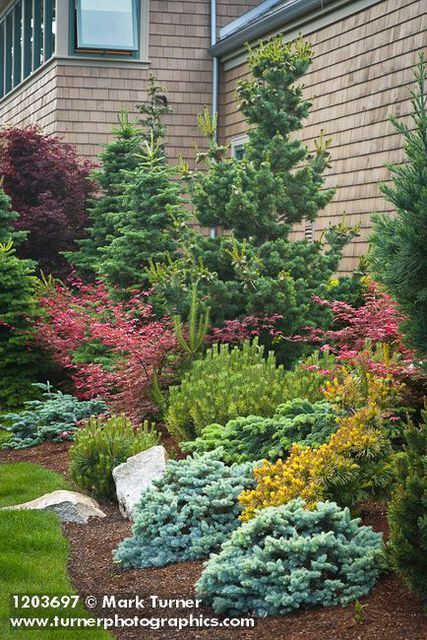
This is known as one of the best trees for privacy and is extremely popular in many American front yards. These trees require very little maintenance and grow around 30 feet tall.
Height: 30-40 feet
Width: 5-8 feet in rows
Sunlight: 3 to 6 hours per day
7. Emerald Green Thuja (Arborvitae)This species has a controlled growth rate of just 6 to 9 inches per year. This makes them a great choice for yards that are not too big. You will need to space them 2 feet apart for optimal privacy coverage.
Height: 12-14 feet
Width: 3-4 ft in rows
Sunlight: 3 – 6 hours per day
8. Flowering Dogwood TreesPhoto by Pxhere CC0
This is a good privacy tree that comes with seasonal colored coverage. You will need a well-drained soil that isn’t too dry for this species. These trees are perfect for large and mid-sized front yards and can grow up to 25 feet tall.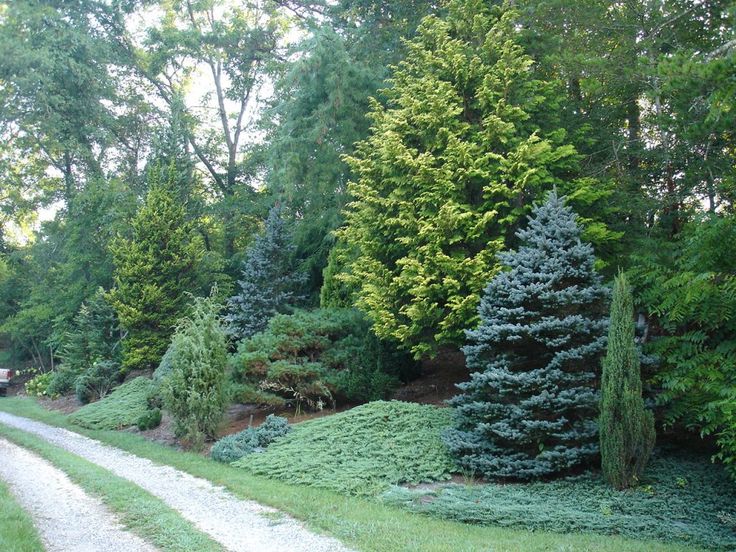
Height: 15-25 feet
Width: 15-25 feet
Sunlight: 3 to 6 hours per day
Read more: Front step design ideas
9. Weeping Podocarpus (fast-growing)This is a fast-growing evergreen and is a popular privacy tree choice in Florida and California. These trees are good on large properties and need to be planted 10-15 feet away from buildings. When planting in rows, you will need to leave a gap of 5-10 feet between each tree.
Height: 35-45 feet
Width: 10-20 feet
Sunlight: 3 to 6 hours per day
Take a look at these 13 Backyard Fence Ideas to Protect Your Garden in Style
10. Goldspire GinkgoThis is a durable, smog-resistant species that will do best in mid-sized front yards.
Height: 14-16 ft
Width: 5-6 ft
Sunlight: 3 to 6 hours per day
Read more: Low maintenance plants for fence line
Where should you plant a tree in your front yard?Photo by Pxhere CC0
While planting a tree in the front yard, you will need to know the mature size of the tree in question.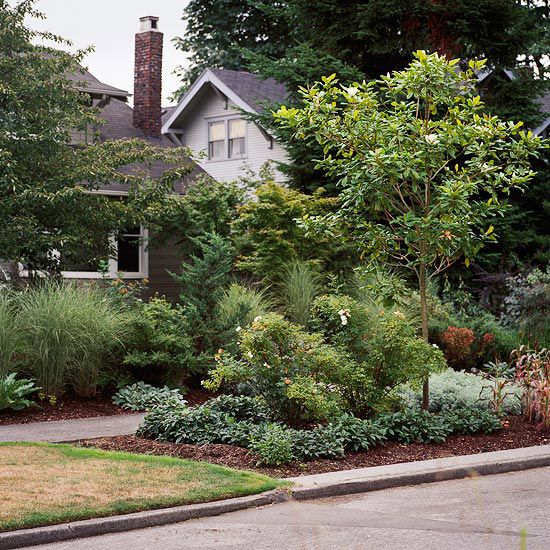 It is a good idea to plant trees at least 15-20 feet away from the house to avoid structural damage to the building. If you are looking to plant a tree with a spreading root, you may have to plant it further away from the house.
It is a good idea to plant trees at least 15-20 feet away from the house to avoid structural damage to the building. If you are looking to plant a tree with a spreading root, you may have to plant it further away from the house.
So, what are you waiting for? Pick the best trees for your front yard and give the exterior of your house a renovated feeling. You may want to use our cost estimator to calculate the total cost of the renovation project that you have in mind.
Read more: 8 Budget-Friendly Front Yard Landscaping Ideas
Top blog posts
Recommended
The Best Trees for Privacy Screening in Big and Small Yards
Regardless of whether your yard is large or small, privacy is something everyone is looking for. While the old saying “fences make good neighbors” is definitely true, I’d much rather gain some much-needed backyard solitude by using lush, green plants instead of a stiff, boring fence. Thankfully, there are may great privacy trees for yards both big and small.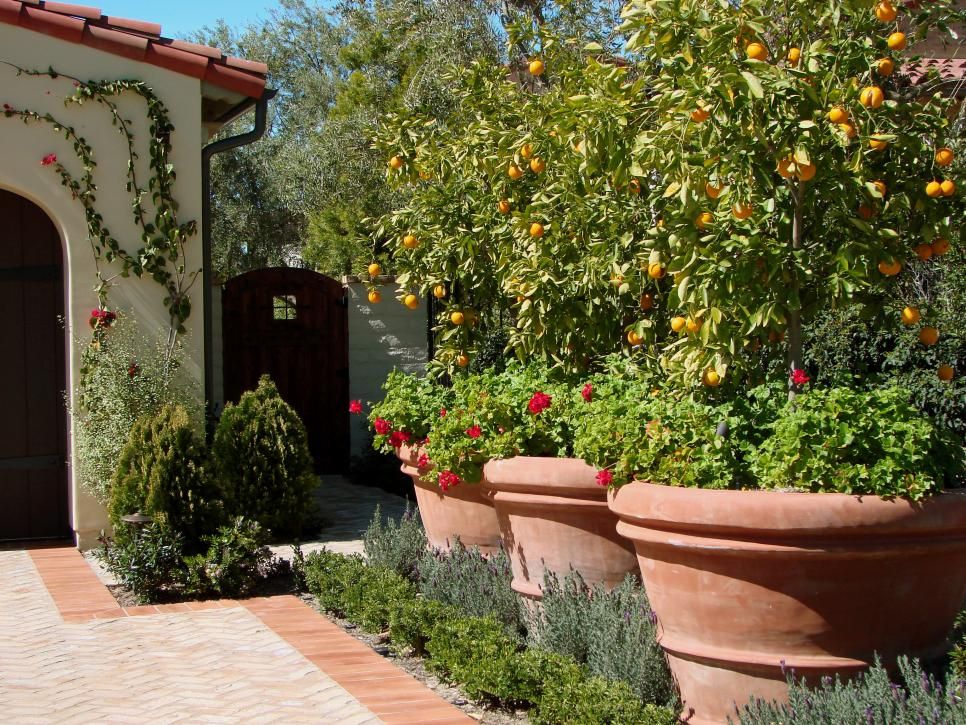 They shield your outdoor space from nosey neighbors, help buffer street noise, and create the sense of seclusion necessary to make your yard a peaceful haven. Today, I’d like to introduce you to some of the best trees for privacy.
They shield your outdoor space from nosey neighbors, help buffer street noise, and create the sense of seclusion necessary to make your yard a peaceful haven. Today, I’d like to introduce you to some of the best trees for privacy.
What do all good trees for privacy have in common?
Before looking at which specific varieties of trees are best for screening, it’s important to discuss the traits all good privacy trees have in common.
1. Privacy trees are easy to grow.Fussy trees are not a good fit for creating privacy. If a tree is difficult to grow, or it won’t survive in a broad diversity of soil and sunlight conditions, I don’t bother using it for this purpose. I need something tough that doesn’t have to be coddled.
2. Trees for screening are evergreen.Since privacy is something most of us want year-round, why use a deciduous tree that drops its leaves every winter? Dense evergreens with thick branches are the best trees for privacy.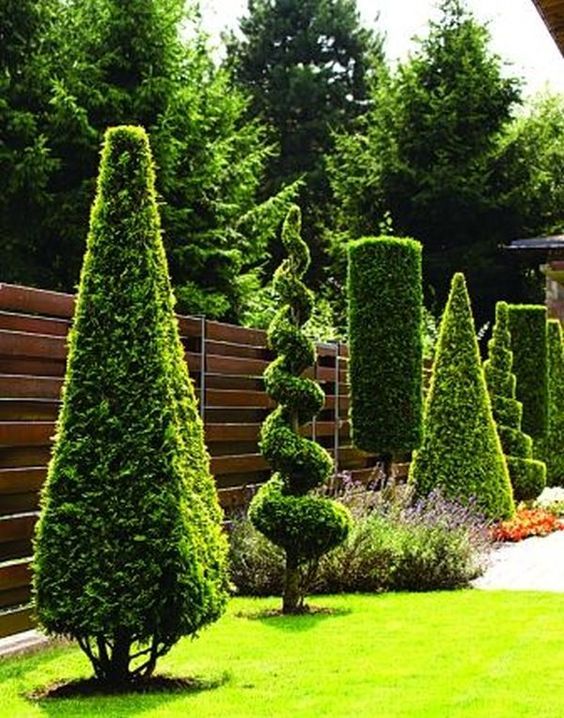
What’s the use of learning about the best trees for privacy only to discover you can’t find them at your favorite local nursery? All of the trees on this list are common finds at regional garden centers and online nurseries.
4. Privacy trees are pretty.Most folks who install plantings for privacy want the results of their efforts to be attractive. They want to look at soft green foliage, not ugly plant shapes, needles, or leaves.
5. The best trees to create seclusion can be planted close together.Most plantings for privacy are spaced fairly tight. Some evergreens need lots of room to grow and don’t do well so close to their neighbors. The best trees for privacy thrive in dense plantings.
Privacy plantings along streets and property lines should be thickly planted.6. Evergreens used to create a backyard retreat are easy to maintain.Yes, you’ll have to water your privacy trees deeply and regularly, at least for the first year after planting. But the best trees for privacy don’t have to be pruned, deadheaded, fertilized, or otherwise maintained. Plus, they’re pest resistant and tough-as-nails.
But the best trees for privacy don’t have to be pruned, deadheaded, fertilized, or otherwise maintained. Plus, they’re pest resistant and tough-as-nails.
To block the neighbor’s view, you need plants that reach at least 6 to 8 feet in height. Many of the trees on my list grow much taller. If you live in a smaller yard and want a privacy tree that tops out at a particular height, pay extra attention to the mature dimensions of each variety.
8. Privacy trees are moderate to fast growers.There’s no place for slow-growing trees when it comes to creating a living fence. Since you likely don’t want to wait 10 years for your solitude, you need varieties that grow fairly quickly.
Based on these 8 essential traits, here’s my list of the perfect plants for the job.
The best trees for privacy
Leyland Cypress (x Cupressocyparis leylandii)This beautiful evergreen has dense, feathery branches in the most lovely shade of green.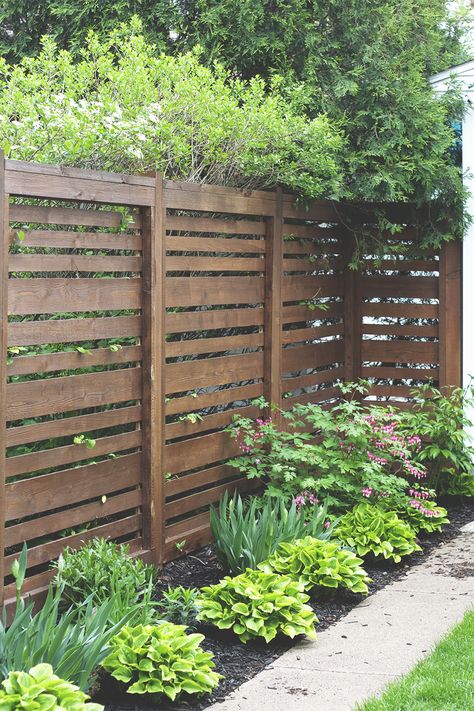 It’s a quick grower, adding several feet to its height each year. Fully evergreen, Leyland cypress is an all-around winner. Hardy down to -10 degrees F, it has few pests, but it grows very tall. Reaching up to 60 feet in height and about 10 feet wide, this tree for screening can block even the rowdiest neighbor! Makes a great hedge when planted on 8 to 10 foot centers.
It’s a quick grower, adding several feet to its height each year. Fully evergreen, Leyland cypress is an all-around winner. Hardy down to -10 degrees F, it has few pests, but it grows very tall. Reaching up to 60 feet in height and about 10 feet wide, this tree for screening can block even the rowdiest neighbor! Makes a great hedge when planted on 8 to 10 foot centers.
Oh how I love this privacy tree! We have three on the side of our house, blocking our view of the neighbor’s house from our dining room table. Hardy down to -20 degrees F, this low-maintenance tree is one of the best trees for privacy. The evergreen foliage is soft and lush. Lawson’s cypress grows very large. It’s well over 40 feet at maturity with a 20 foot spread (though in the wild it grows much larger). There are a few compact cultivars that stay smaller and are worth seeking out for urban yards.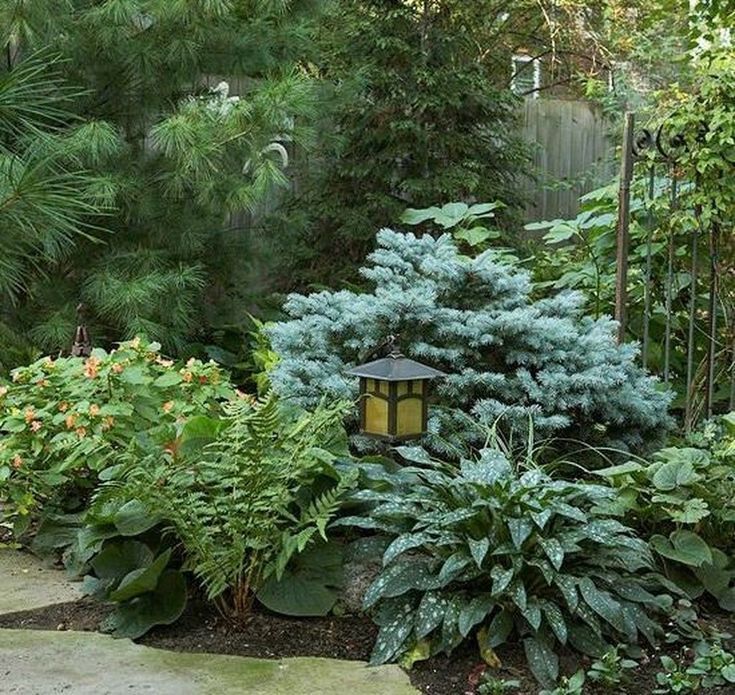
For decades, arborvitae have reigned supreme when it comes to the best trees for privacy and rightfully so. Unbelievably hardy (down to -40 degrees F) with deep green foliage and almost zero maintenance, arborvitae tolerate a vast array of soil conditions. Reaching 20 to 30 feet tall and 10 feet wide, few plants have the power to create solitude the way this one does. There are many cultivars of this privacy tree for small yards and large, including ‘Green Giant’ and ‘Emerald Green’. Arborvitae can be planted close together, about 5 to 6 feet on center.
Tall, narrow evergreens, such as these arborvitae, make excellent screens while creating intimate spaces in the garden.Concolor Fir (Abies concolor)This evergreen tree for privacy is noteworthy for several reasons. Its gray-blue needles are chubby and soft. And its natural conical shape requires no pruning. Toping out at 40 feet high and 20 feed wide, concolor firs are hardy to -40 degrees F and offer a great amount of winter interest.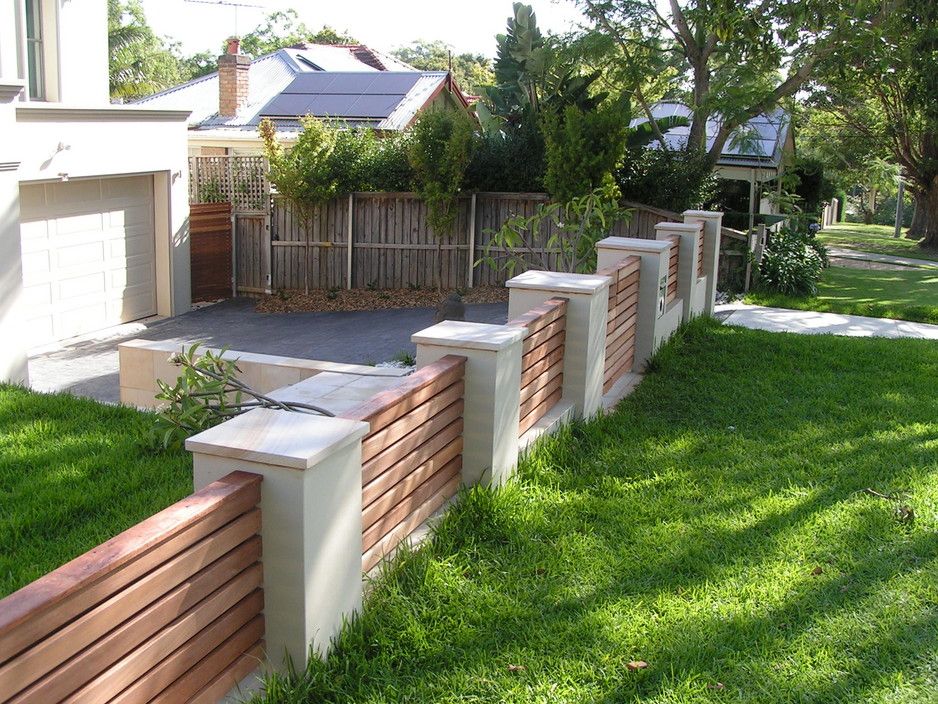 Skip this selection if your soil is poorly drained or if you live in the heat and humidity of the south. A tree with few insect and disease problems, you’ll find it to have a moderate growth rate. It’s a perfect choice for large properties.
Skip this selection if your soil is poorly drained or if you live in the heat and humidity of the south. A tree with few insect and disease problems, you’ll find it to have a moderate growth rate. It’s a perfect choice for large properties.
Another great tree for blocking out the neighbors or the street, red cedars survive winters down to -50 degrees and are native across much of Eastern North America. Deer dislike them, and they shrug off drought and city pollution like a champ. Plus, the prickly foliage keeps wayward neighborhood kids in bounds. With dense growth and a mature height around 30 feet, red cedars are a great fit for tall hedgerows when planted 8 feet apart.
Dragon Lady holly (Ilex x aquipernyi ‘Meschick’ DRAGON LADY)The only broad-leaved evergreen tree for privacy on this list, dragon lady holly offers many benefits. First, the prickly leaves deter deer and other animals (including humans). Next, dragon lady is an excellent hedge plant for small yards. It grows just 10 feet tall and 4 feet wide at maturity. The leaves are a very dark green. Since hollies are dioecious (meaning plants are either male or female) and dragon lady is a female, you’ll need a male plant nearby to pollinate if you want to see beautiful red berries. Good varieties for the job are ‘Blue Prince’ and ‘Blue Stallion’. Hardy to -10 degrees F, this hybrid holly is columnar in form which makes it great for narrow yards.
First, the prickly leaves deter deer and other animals (including humans). Next, dragon lady is an excellent hedge plant for small yards. It grows just 10 feet tall and 4 feet wide at maturity. The leaves are a very dark green. Since hollies are dioecious (meaning plants are either male or female) and dragon lady is a female, you’ll need a male plant nearby to pollinate if you want to see beautiful red berries. Good varieties for the job are ‘Blue Prince’ and ‘Blue Stallion’. Hardy to -10 degrees F, this hybrid holly is columnar in form which makes it great for narrow yards.
If you’re looking for a massive plant to block out a massive view, white pine is it. Long-needled and soft, white pines survive winters down to -40 degrees F. They max out at 60 feet tall and 30 feet wide. Stately trees that are tolerant of city pollution, white pines are quick growing and bear elongated cones.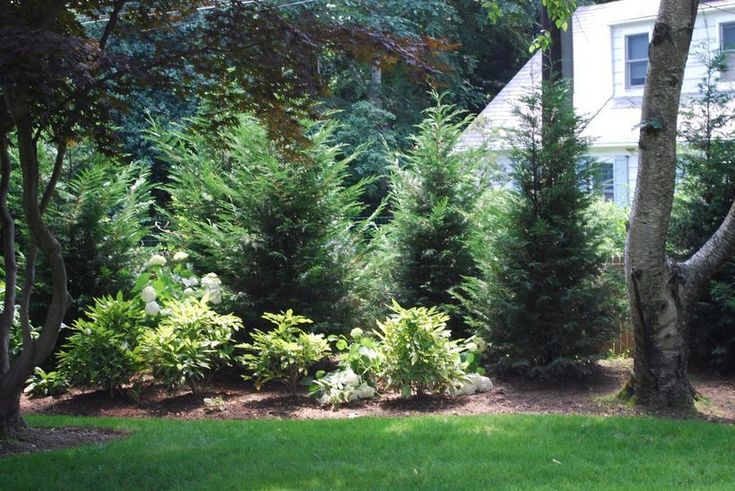 This is not a good plant for the humid south. While it has more pest issues than other plants on this list (including weevils, shoot borers, and sawflies), it’s still a privacy tree worth considering for large areas.
This is not a good plant for the humid south. While it has more pest issues than other plants on this list (including weevils, shoot borers, and sawflies), it’s still a privacy tree worth considering for large areas.
One of the best trees for privacy, false cypress is feathery and soft. Shorter cultivars, such as Soft Serve®, top out at just 6 feet tall, while the straight species grows to 60 feet in the wilds of Japan. The pyramidal form of this tree requires no pruning to maintain. Look for cultivars with blue-, silver-, and yellow-colored foliage, too. Some of my favorites include the Squarrosa types and the Plumosa types. The Mop types are too short for privacy plantings. ‘Filifera’ tops out at 6 feet tall and “weeps”. Most varieties are hardy to -30 degrees F. This is an excellent plant for screening.
I hope you’ve found the perfect privacy tree for your yard on this list. Remember to keep new plantings well-watered for the first year, and mulch them well – but never pile mulch up against the trunk.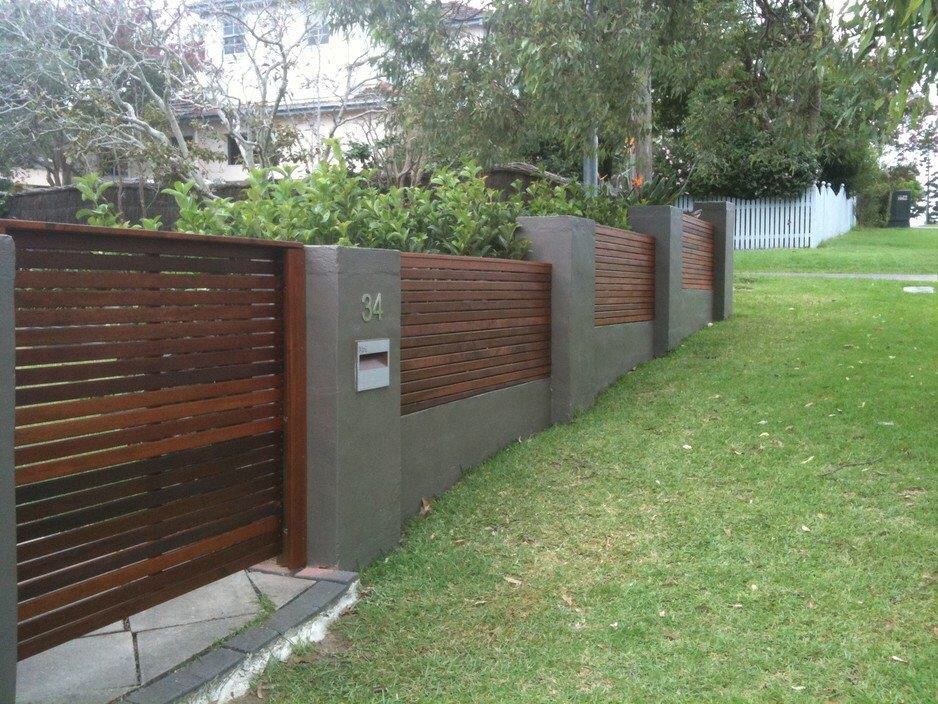 With time and care, your yard is sure to become your own personal “fortress of solitude” before you know it (minus Superman, of course).
With time and care, your yard is sure to become your own personal “fortress of solitude” before you know it (minus Superman, of course).
For more on the best trees and shrubs for your yard:
- Dwarf evergreen trees
- Weeping Alaskan cedar trees
- Narrow trees for urban gardens
- The best trees with peeling bark
- Small evergreens for year-round interest
- Blooming shrubs for shady spots
- Shrubs for pollinators
What have you done to create a privacy screen in your yard? Tell us about it in the comment section below.
Pin it!
JACK LONDON AND TREES - Monument Trees
September 1 is Coming: Learn to Read the Classics!
JACK LONDON AND TREES
Another school year is about to begin. New subjects, new knowledge are waiting for schoolchildren. But it would seem that the old favorite literature can and should be read in a new way, more carefully. And then an amazing, hitherto unknown world will open up to you. Today our story is about Jack London, which few people know - about the "green" Jack London. nine0011 A small ranch is lost among the hills of California. His friends jokingly nicknamed the owner “The Wolf” for his ability to skillfully imitate the howl of a gray robber and navigate the impenetrable forest thicket no worse than this predator. The eccentric dubbed his dwelling "The House of the Wolf" - a lair where it is sweet for him to spend his life, which has finally become settled.
And then an amazing, hitherto unknown world will open up to you. Today our story is about Jack London, which few people know - about the "green" Jack London. nine0011 A small ranch is lost among the hills of California. His friends jokingly nicknamed the owner “The Wolf” for his ability to skillfully imitate the howl of a gray robber and navigate the impenetrable forest thicket no worse than this predator. The eccentric dubbed his dwelling "The House of the Wolf" - a lair where it is sweet for him to spend his life, which has finally become settled.
Before retiring in nature, "Wolf" searched the whole world. A man with a slightly shy smile and a cheerful look caught oysters, was a gardener, a loud-voiced greengrocer, an unfortunate beekeeper, a forester and a lumberjack. He hurried to Alaska for gold and returned penniless for his soul. He traveled to Korea, sailed the southern seas on a yacht, saw the Pacific archipelagos, visited the Russian-Japanese war. nine0011 In a word, as Jack London himself said, "he kept his finger on the pulse of life.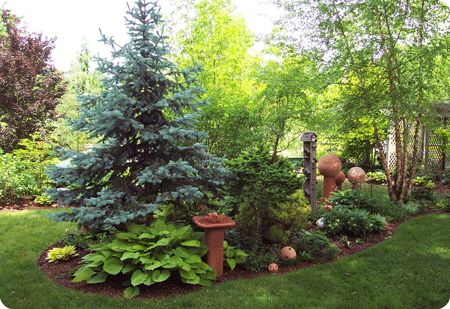 " And he could not imagine this life without the forest. The attentive reader will find in the stories, short stories and novels of London a lot of interesting things about outlandish trees and rare animals, about the mysteries of nature and the customs associated with it, about the fate of people working in the forest.
" And he could not imagine this life without the forest. The attentive reader will find in the stories, short stories and novels of London a lot of interesting things about outlandish trees and rare animals, about the mysteries of nature and the customs associated with it, about the fate of people working in the forest.
Who is Elam Harnish, nicknamed "Time-doesn't-wait"? Of course, the reckless old-timer of the gold mines is a lover of adventure. But not everyone, probably, paid attention to another title given to the gold digger - "Baron of the timber industry." Yes, having found nuggets, having made the initial capital, Harnish tripled his treasures at the expense of the wealth of the forest, which became another gold mine for him. nine0011 …Today Alaska is one of the US states. Official statistics state that the peninsula is known not for the precious metal, but for its timber enterprises. In addition, in Sitka, which used to be shaken by the gold rush, large pulp and paper mills have declared themselves, and exemplary forestry is being maintained.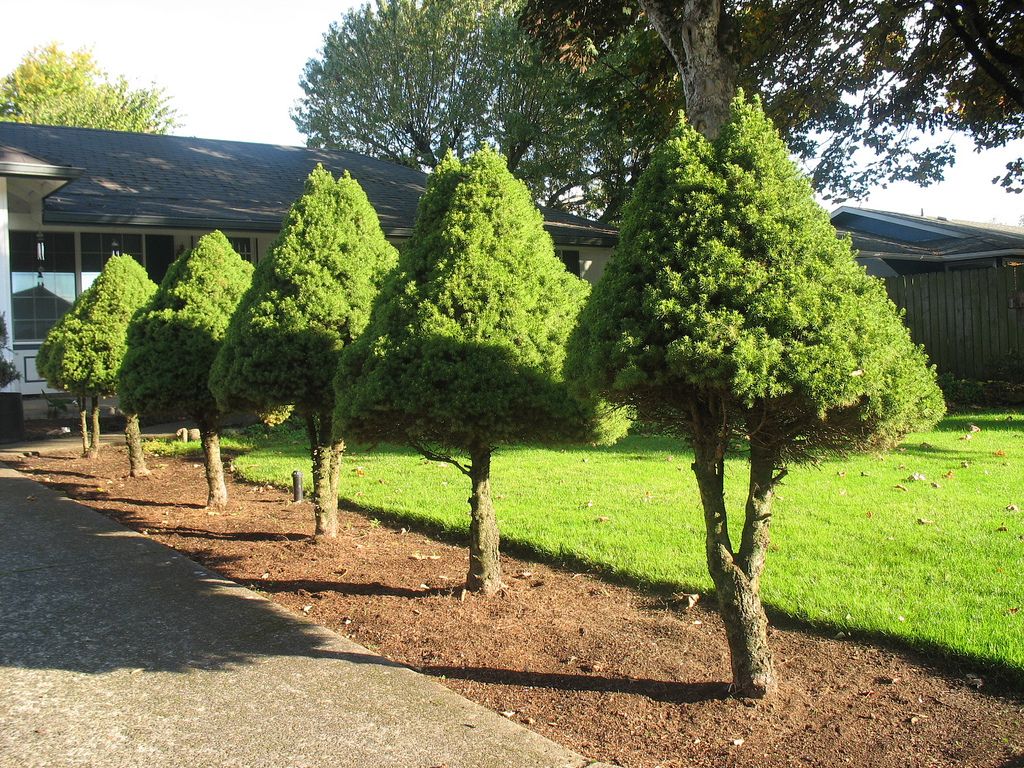
And it all started with such enterprising businessmen as “Time-does-not-wait”. A freshly minted millionaire, he bought two sawmills, hired people to float timber, and used the logs hewn from the waves of the stormy Yukon to build dwellings. nine0011 Practice has confirmed the foresight of the timber merchant. The famous mines of the Klondike were depleted, and the eternal trees survived the golden sand.
Jack London, as mentioned at the beginning, had to work hard in the forest himself. Therefore, he knew firsthand how hard it is to extract "cubes" of wood. The writer spoke with sympathy about laborious lumberjacks and foresters, whose conscience does not freeze even in a fierce cold, with antipathy - about those who profit from them. Increasing exploitation was accompanied by merciless destruction of forests. American economists bitterly stated that by the 70s of the 20th century, the United States had become the largest importer from a timber exporter. However, there was nothing to be surprised at that time - the damage to the forest fund was the result of the insatiable appetites of the timber industry companies.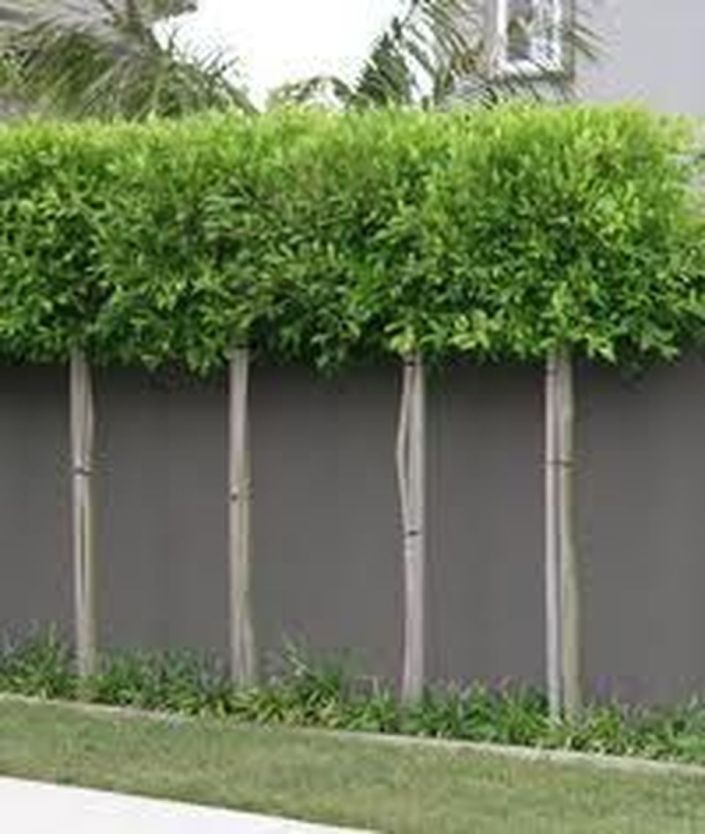 nine0011 ...Jack London did his best to save the forests. The Indian says with pain ("The Disease of the Lone Leader") that "the white one who cuts down the most trees is valued above all by whites."
nine0011 ...Jack London did his best to save the forests. The Indian says with pain ("The Disease of the Lone Leader") that "the white one who cuts down the most trees is valued above all by whites."
... Bonanza Creek is the richest mine in the Klondike. The forest on the mountains to the very peaks was completely cut down, and everywhere the gold-diggers covered with mud scurried around in a monstrous horde of ants. “What damage has been done to forest wealth!” the writer exclaimed.
And if only in Alaska. The construction of a new tram line in Philadelphia required so much wood that entire groves of mighty handsome eucalyptus trees were brought down from the mountain slopes. Fighting the natives, the whites destroyed most of the valuable coconut trees on the Pacific islands, destroyed the virgin rainforest in Panama. London also wrote about this. nine0011 The writer warned: cutting down the forest, humanity cuts the branch on which it sits. In the book "People of the Abyss", the author tells that back in 1902, 24 tons of solid matter, consisting of soot and smog, fell on every square kilometer of the territory of the capital of Great Britain per week.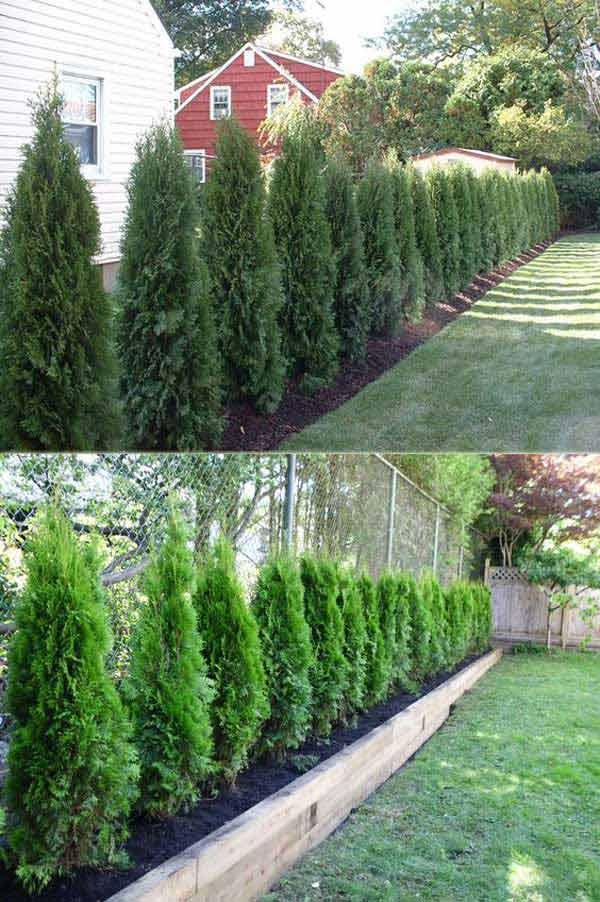 It is harmful to breathe such air. This is where the green "lungs" of cities - trees - were supposed to help, but the man himself thoughtlessly removed them with a scalpel-axe.
It is harmful to breathe such air. This is where the green "lungs" of cities - trees - were supposed to help, but the man himself thoughtlessly removed them with a scalpel-axe.
“Children here don't even know what a forest is,” London wrote sadly. Does this remind you of anything from the life of today's domestic megacities? nine0011 The ideal of the "Wolf" is nature, not affected by the ax. He could rightfully say about himself in the words of the former journalist Ferguson: "I love every tree like my own son." Read carefully the lines of London's works. In his books, as in a huge arboretum, one can find dwarf firs of Alaska and giant California cypresses resting against the sky dome, rubber plants of Panama that bring huge income to planters and strawberry trees in Hawaii that delight the traveler's eye.
Do you know what a pattern is? These are two twigs, crossed in a special way and left on the road. But both must certainly be taken from trees or shrubs of different species.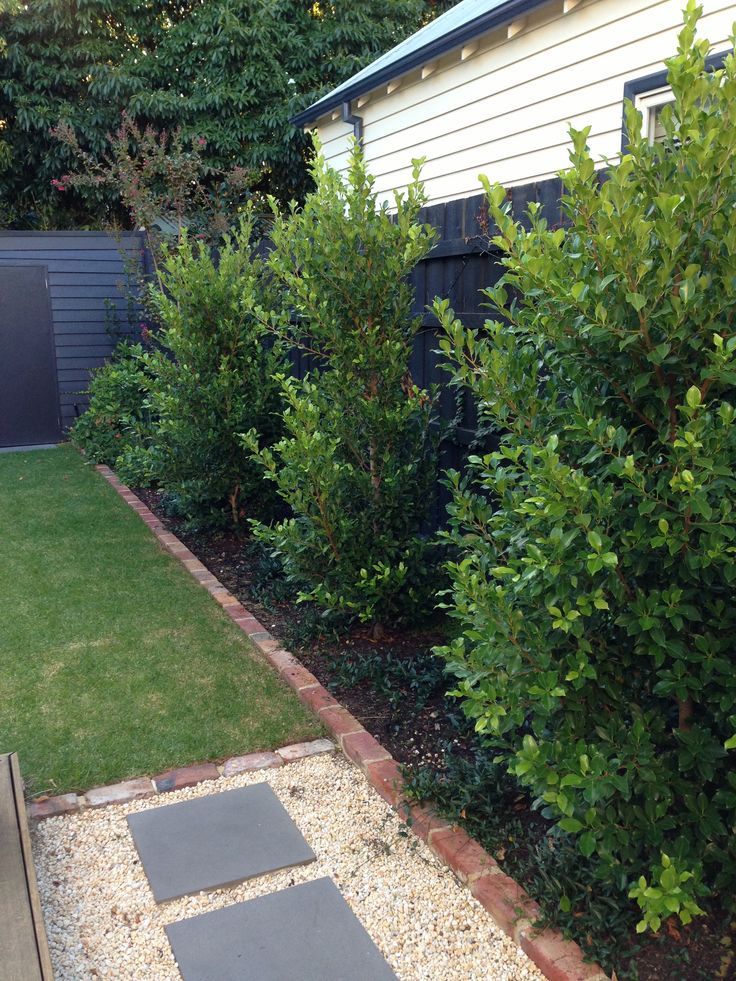 The heroes of "The Little Mistress of the Big House" make patterns from branches of oak and pine, beech and alder, laurel and spruce. This is a sign that gypsies leave to each other: comrade to comrade, lover to beloved. It means: "Look, I passed here!" nine0011 Other customs of people of different nations are also connected with nature. So, the natives of some Pacific islands, as a sign of special disposition, presented the guest with a young papaya tree, hung with magnificent fruits.
The heroes of "The Little Mistress of the Big House" make patterns from branches of oak and pine, beech and alder, laurel and spruce. This is a sign that gypsies leave to each other: comrade to comrade, lover to beloved. It means: "Look, I passed here!" nine0011 Other customs of people of different nations are also connected with nature. So, the natives of some Pacific islands, as a sign of special disposition, presented the guest with a young papaya tree, hung with magnificent fruits.
A small stringed musical instrument, the golden koa, is called the "king of the forests" in Hawaii. It is made from a special, very rare tree. Koa is the cure for unrequited love. Hawaiians endow him with an amazing ability - to awaken a reciprocal feeling with his sounds. nine0011 Another forest tradition. Two centuries ago, fires were common in the pine forests of Canada. Decades passed on the calendar, sunbathing became rarer in the Maple Leaf Country, but the nickname "burnt tree" stuck with the French settlers ("White Silence").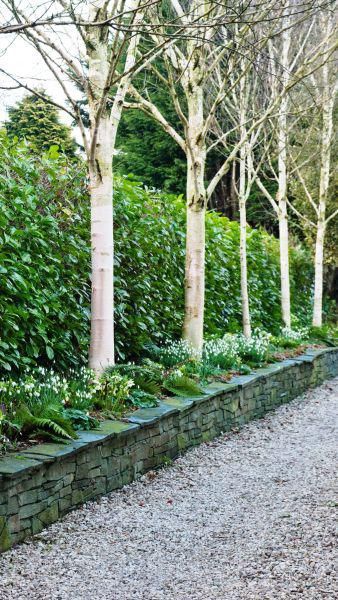
... Jack London bitterly wrote, dreaming of a life in nature: "We are now in the twentieth century, and we smell of gasoline." Why, yes, because more often than necessary, "the woodcutter's ax was heard in the forest." People betrayed their "green friend", who rescued them during his lifetime, gave them the last refuge after death. Remember the two silent dramas in the forest, noticed by the writer. nine0011 …“Hunger threatened death. At the last moment, exhausted travelers were saved from it by breadfruit and skillfully prepared tops of palm trees ”(“ Stories of the South Sea ”) ... The frozen earth did not yield to either a pick or a shovel. And the gold digger Mason ("White Silence") was buried at the top of a pine tree so that the body would not go to the hungry coyotes.
... Near a small California ranch, Jack London in the last years of his life planted and trimmed trees, not allowing any of them to be cut down. At misty dawns he went to admire the red pines growing only in these places.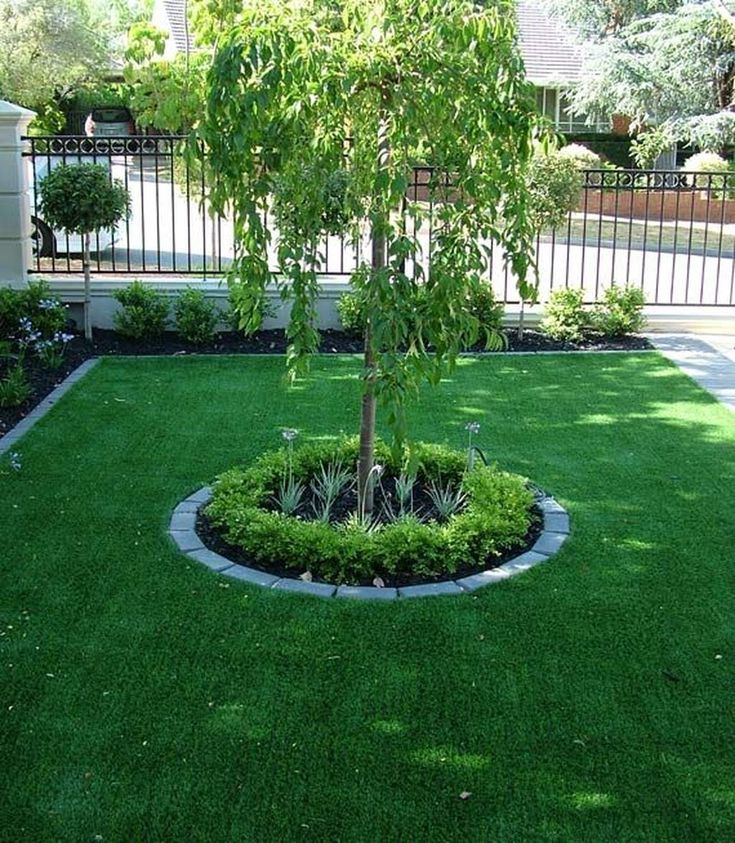 And everyone dreamed of seeing a white sparrow on one of them. Locals said that you can meet a strange bird only at dawn, and it brings happiness to the person who catches it. nine0011 Or maybe there was no white sparrow in the world? But there was another, simple happiness - to live, to constantly meet with nature, to merge with it. "Ten thousand percent of happiness!" - Wolf himself said with a sad smile. Oleg BORISOV hard. Of course, you can hide behind a high fence, especially since there are many ways to make it interesting and unusual. nine0005
And everyone dreamed of seeing a white sparrow on one of them. Locals said that you can meet a strange bird only at dawn, and it brings happiness to the person who catches it. nine0011 Or maybe there was no white sparrow in the world? But there was another, simple happiness - to live, to constantly meet with nature, to merge with it. "Ten thousand percent of happiness!" - Wolf himself said with a sad smile. Oleg BORISOV hard. Of course, you can hide behind a high fence, especially since there are many ways to make it interesting and unusual. nine0005
But I propose to create a more romantic image of the secret garden, as if descended from the pages of romantic novels or fairy tales. Places, as if frozen in time - and suddenly discovered; carrying a touch of antiquity and traditions - and at the same time promising new discoveries. This image is most consistent with fences made of "wild" raw stone and hedges.
Dear Garden Associates, Inc.
Outside Landscape Group
A country house hedge is a very flexible and multifunctional way to give the garden a closeness.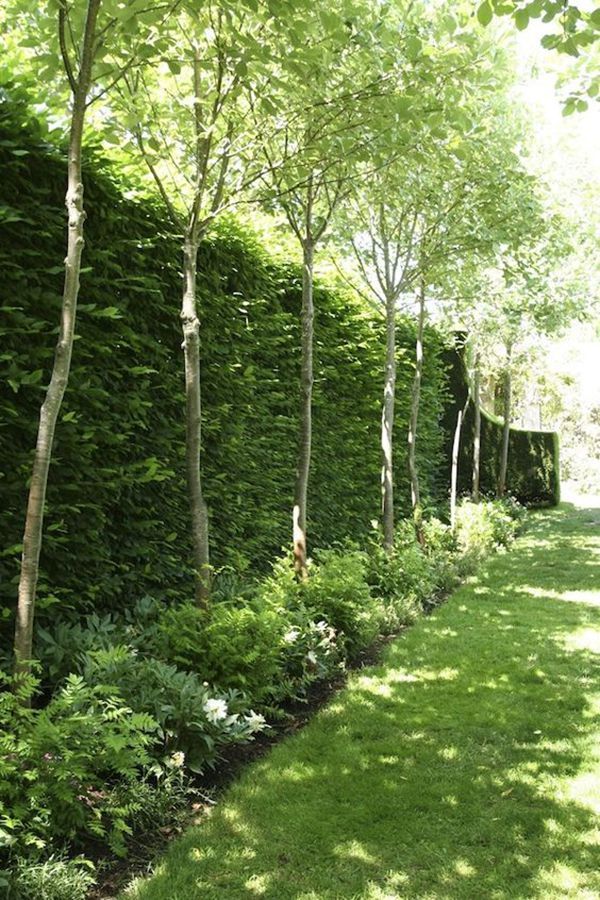 Thanks to the varying shape and frequency of clipping—and the varied range of hedge plants—a structure can look very different throughout its length. It can be strict or free, linear or curly, its height and degree of transparency can vary. nine0005
Thanks to the varying shape and frequency of clipping—and the varied range of hedge plants—a structure can look very different throughout its length. It can be strict or free, linear or curly, its height and degree of transparency can vary. nine0005
There are several ways to create a green hedge. They differ from each other not only in appearance and image, but also in the amount of maintenance effort and, of course, in the size of the space required to accommodate them. Choose the one that best suits your capabilities, or combine several at once - this will make the image more interesting.
SEE ALSO…
6 Fences You Wouldn't Have Thought Installed
Amy Martin Landscape Design
Curtains
Loose curtains of lush shrubs, planted along the boundaries of the plot, create a relaxed image of an old garden, as if running wild. The image that many aspire to is “design without design”.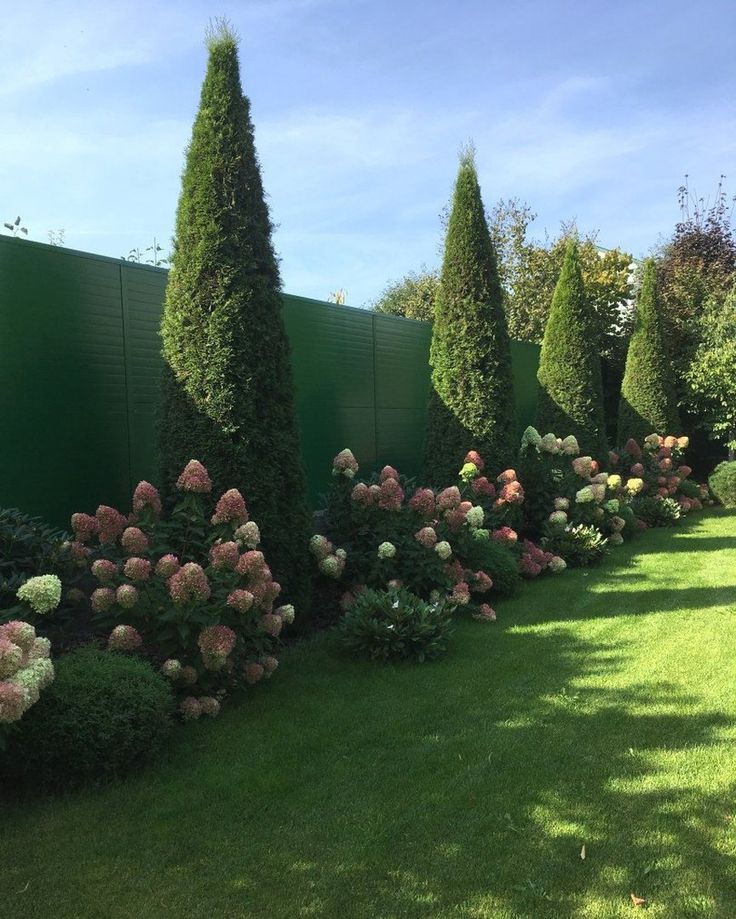
Sprawling masses of shrubs were a popular technique among the creators of landscape, "English" parks. They made it possible to mask the boundaries of the site and distract from the size of the garden. This technique was especially actively used in urban gardens, which were very limited in area. This time-tested trick is still useful today. nine0005
SEE ALSO
Paradise: The golden rules for planting shrubs in your garden still requires. Although not to the same extent as topiary curly forms. Thickening and rejuvenating pruning will benefit the curtains. It is worth doing it every 2-3 years. Then the shrub will not be exposed from below and will remain dense with a lush, impenetrable crown. In addition, green curtains take up quite a lot of space in width. Therefore, when planting such a hedge, provide space in advance for its growth. nine0011
Sheared fence
A sheared fence can use less space for the fence. With the help of a haircut, you will create a solid opaque green wall from the bushes.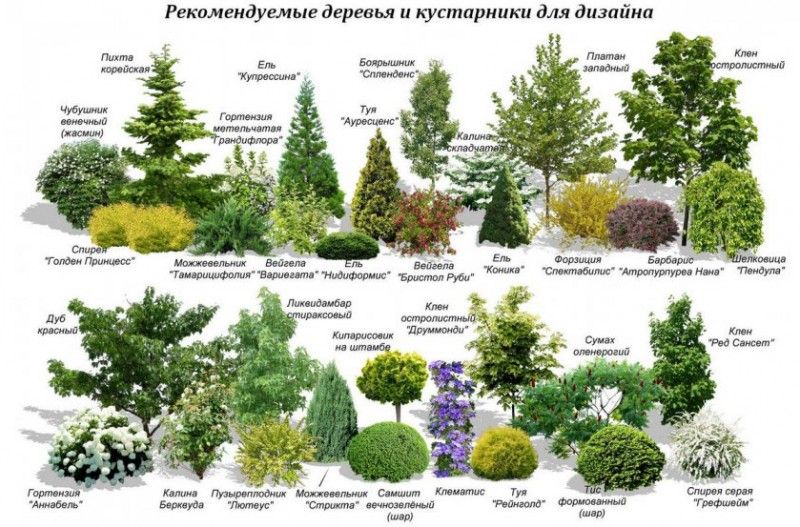 However, its height and shape may be different.
However, its height and shape may be different.
In general, a clipped hedge looks more strict and whimsical, but it also requires more attention to itself. But, if you take the time and effort, you can create unusual curved or geometric lines and sculptural shapes that will decorate your garden. nine0005
Hoi Ning Wong
Idea: Hedges that combine plants with different foliage colors look decorative. They can be alternated, forming stripes, or placed in front of a solid high green fence, a low sheared border with a different leaf color. A high sheared hedge will be an excellent backdrop for standard trees and bushes, as well as for sculpture and all kinds of decor.
Laara Copley-Smith Garden & Landscape Design
Vertical gardening
The currently popular method of decorating hedges with plants provides really wide and varied possibilities for landscaping. You can combine decor with usefulness and plant garden plants and herbs in tiered boxes. Or use mosses, ground cover plants and annuals to create bright and colorful living pictures.
You can combine decor with usefulness and plant garden plants and herbs in tiered boxes. Or use mosses, ground cover plants and annuals to create bright and colorful living pictures.
Trellising trees and shrubs
An even narrower hedge is obtained by shaping trees and shrubs on a trellis. This growing method produces the thinnest of hedges. Transparency will depend on the chosen pattern and formation density. In any case, a trellis fence will be more permeable than other forms of fence, especially in winter. Therefore, you can supplement it with a fence, against which its ornamental pattern will look especially advantageous. nine0011
Dear Garden Associates, Inc.
Julie Moir Messervy Design Studio (JMMDS)
Creepers on a trellis
But the fastest way to create a hedge is definitely vines. They will not be leaders in protection from prying eyes, so if you have such a fence around the perimeter of the garden, it is also good to complement it with a fence.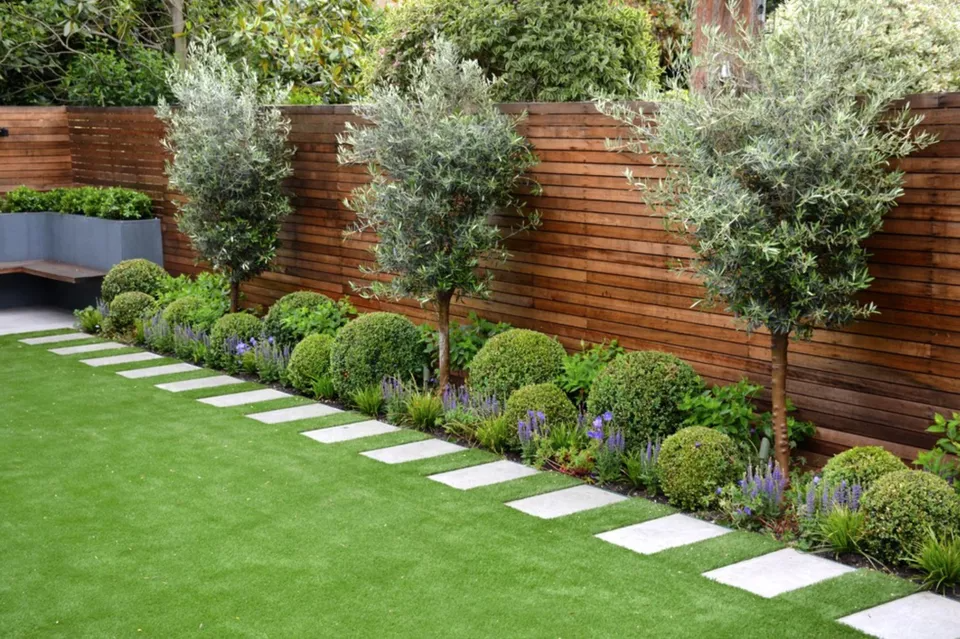 But a wall of fast-growing vines will perfectly serve as a screen for zoning the site and will not require much hassle. In a couple of years, your garden will be decorated with lush masses of greenery. nine0005
But a wall of fast-growing vines will perfectly serve as a screen for zoning the site and will not require much hassle. In a couple of years, your garden will be decorated with lush masses of greenery. nine0005
SEE ALSO
Living Screen: Intimate Plants
Dennis Mayer - Photographer
Mix and match just one type of green. In a closed enclosed garden, a combination of strict, well-balanced lines looks good - a sheared hedge or a trellis: they create an image of security and reliability, give the impression of free lush masses of vegetation - they will give the atmosphere a relaxed atmosphere. nine0005
Think about the layout
The layout of the site is a very important step in creating a romantic indoor garden.
And immediately good news for the owners of small plots! It is easier to create an atmosphere of solitude and contemplation in a small space - it seems to have been invented to embody the image of behind-the-scenes closeness.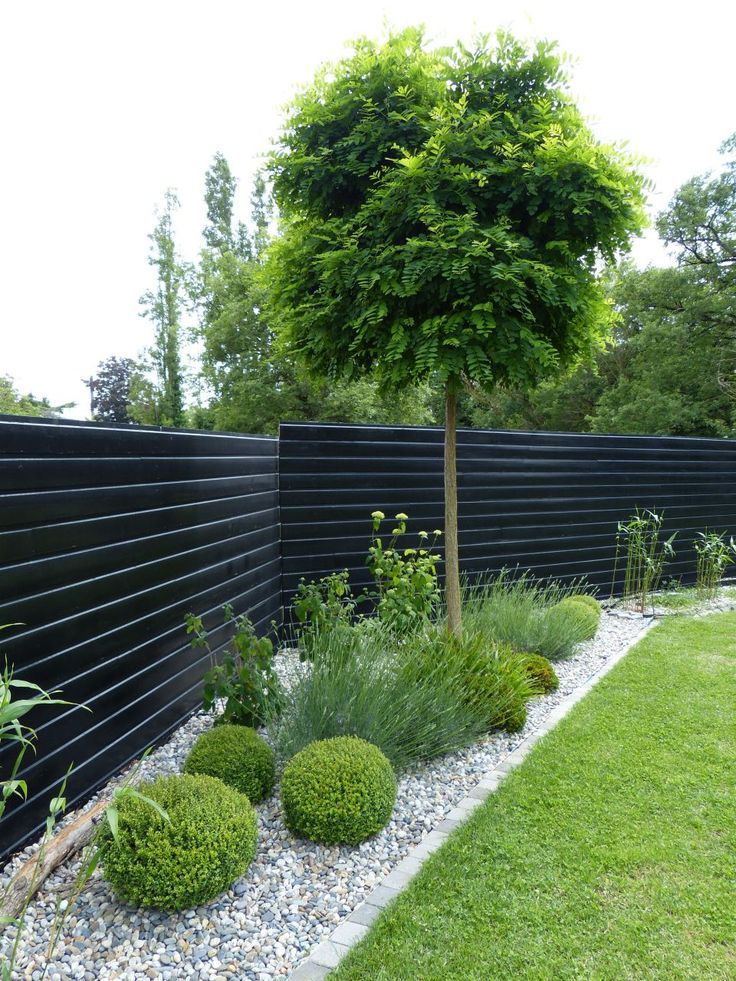 But in this case, do not try to fit everything here at once. In the garden for a serene rest - not a place for fuss. Therefore, if you have a large family and diverse needs, pay attention to thoughtful zoning. nine0005
But in this case, do not try to fit everything here at once. In the garden for a serene rest - not a place for fuss. Therefore, if you have a large family and diverse needs, pay attention to thoughtful zoning. nine0005
Andrew Renn
Divide a large garden and a garden with a variety of functional tasks into separate closed zones - then there will be a place for all family members and the opportunity to create corners that are completely different in mood.
Tip: Try to keep as far away from each other or as possible isolate areas that involve activity and noisy activity from places of rest and relaxation. For zoning, use all the features of your site: existing and, in particular, planned buildings, terrain, screens and hedges. nine0005
Hoi Ning Wong
Consider the house and buildings when zoning
Sometimes - especially on a small plot - it seems that the house takes up too much space.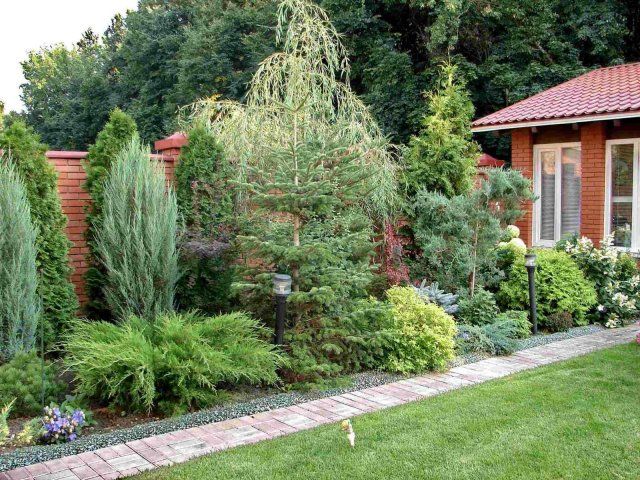 However, any building on the site is an excellent means of zoning, especially when a clear separation of zones is necessary. Buildings make it possible to isolate functionally unrelated sites by placing them in different parts of the site. Moreover, they provide not only visual separation, but also create a barrier to noise and fuss. So, if you can't make your entire garden the focus of silence, set aside one of the zones for privacy, securely protected by a house or other buildings. nine0005
However, any building on the site is an excellent means of zoning, especially when a clear separation of zones is necessary. Buildings make it possible to isolate functionally unrelated sites by placing them in different parts of the site. Moreover, they provide not only visual separation, but also create a barrier to noise and fuss. So, if you can't make your entire garden the focus of silence, set aside one of the zones for privacy, securely protected by a house or other buildings. nine0005
SEE ALSO
Scenic Gorge: Design Solutions for Lot Narrows
Katherine Shenaman Interiors
Use the Garden as a Shelter
Old trees (ideally evergreen) with spreading branches and soft, relaxed shade under them will help separate the secluded recreation area from the noisy part of the site. Especially if you complement it with shrubs, which will act as additional visual and acoustic protection.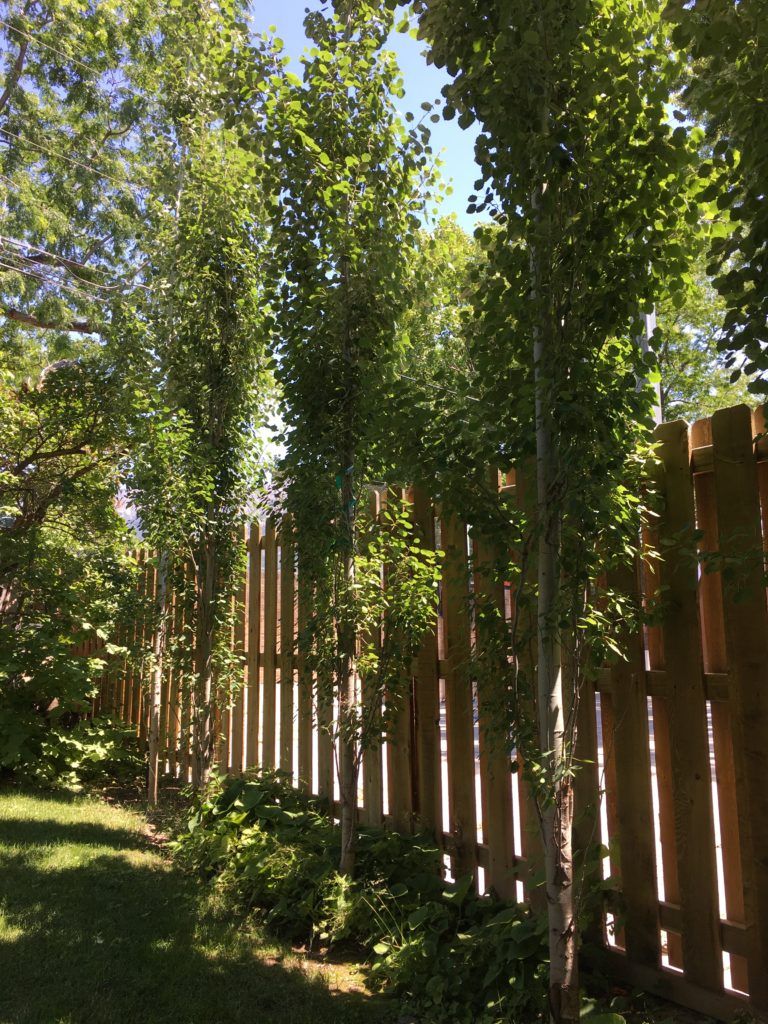 nine0005
nine0005
Divide the plot with screens
If it is not possible to arrange a buffer zone that separates a secluded corner, place a cozy seating area with your back to the walkable and bustling areas of the site and close it with a screen.
Screens are an excellent zoning element that works both in the interior and in the landscape. They do not take up much space and do not look overly heavy, but allow you to visually separate the zones. Garden screens can be both stationary and traditionally mobile. Use hedges, decorative fences and lattices to divide the garden space in the form of small fragments. nine0005
The Garden Builders
Troy Rhone Garden Design
Use gates for walkways
If you're designing a small enclosed area, use the decorative possibilities of walkways, gates and skylights. Let them immediately set the mood at the entrance to the zone, attract with mystery, invite you to look inside.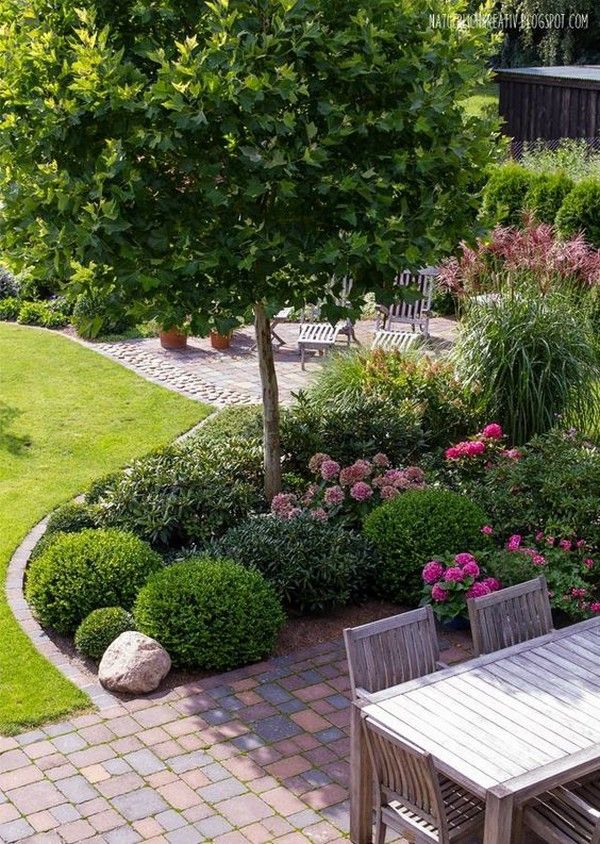 Decorate the passage with vines - climbing roses, princes and clematis twining the gate look very romantic. Or arrange a passage to a secluded area with a pergola. nine0005
Decorate the passage with vines - climbing roses, princes and clematis twining the gate look very romantic. Or arrange a passage to a secluded area with a pergola. nine0005
SEE ALSO…
Just to repeat: How to design a gate with leftover PVC pipes
Create intrigue
Let some accent touch, interesting and intriguing, be seen through the passages or the gate. Whether it will be a brightly flowering flower bed, or a shrub with unusually colored foliage, a sculpture or a fountain - it should create a contrast with the space located outside, should promise a new intriguing image, promise a new relaxing atmosphere. nine0011
B. Gordon Builders, Inc.
Sutton Suzuki Architects
Set up spaces for privacy
Cozy backstage spaces will complement the privacy of your garden's secret corner—or replace it if there's still no room for a dedicated, secluded area.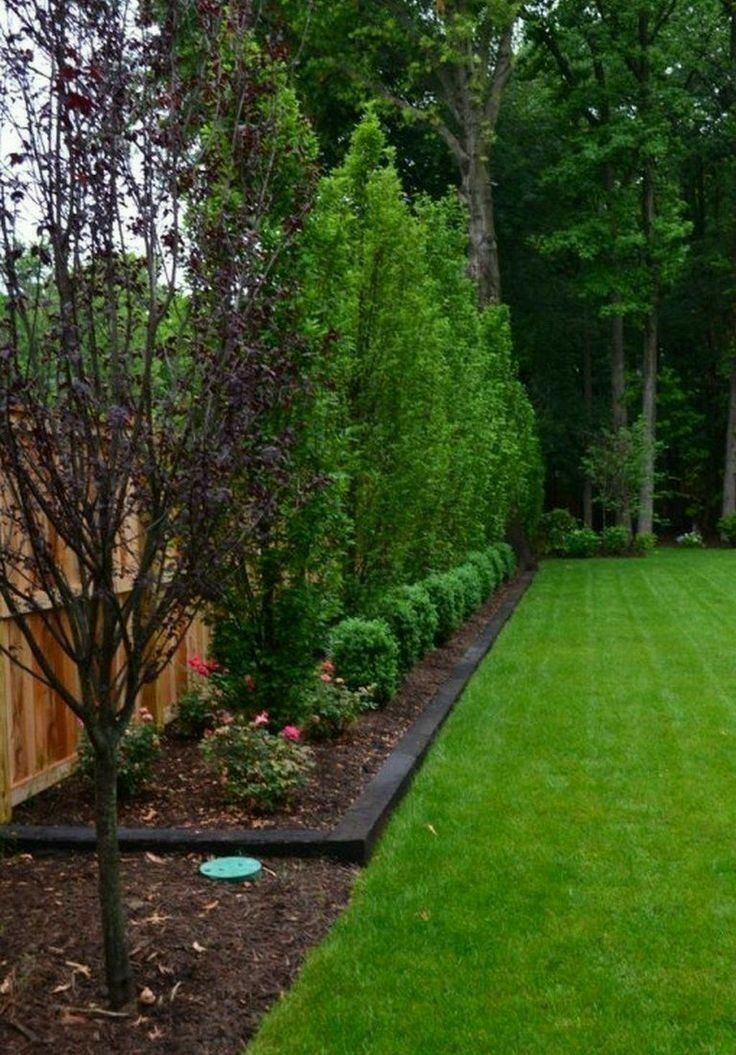
- Pergola can also act as a sheltered area. Place soft sofas under it - and a relaxing seating area, closed from the fuss and prying eyes, is ready. nine0211
SEE ALSO…
This is not a gazebo: A pergola in your garden
Groundswell Design Group Inc.
Alexei Kozyr's architectural studio
- Pavilions also traditionally help to create a cozy local recreation area. And if you add vines, plant lush shrubs around and place in the back of the site - the gazebo will become a place of solitude that does not take up too much space. Textiles will also be very useful for giving privacy - both as a decor and addition to the gazebo, and as a replacement for it. nine0211
- A gazebo doesn't have to be traditional - treehouse can be an unusual retreat. Who didn't dream of this as a child?
SEE ALSO. ..
..
Garden corner: Pergola or patio, terrace or armchair?
katie moss landscape design
- Creeper-covered swing or bench is a gazebo in miniature. Place them as a decoration and a relaxing element in a dedicated, enclosed corner of your garden, or entrust them with the role of a secluded hiding place. nine0211
Advice: When placing a pergola, pergola or swing, complement the overall closeness with open areas. Let the cozy gazebo overlook the wide plane of the lawn or pond. Such a contrast will create serenity and give rest to the eyes.
Fill your garden with details
Turn your little nook into a garden box, closed from the outside, but full of interesting details and experiences.
Use decorative lighting to create different lighting scenarios and whimsical lighting patterns, such as illuminating shrubs, trees and flower beds. Or decorate them with garlands for a touch of magic. nine0005
vgzarquitectura y diseño sc
Lenkin Design Inc: Landscape and Garden Design
Place an object for contemplation in the secret garden - be it a sculpture, a fountain, a plant arrangement or a rock garden. The main thing is that any of them will help you get distracted, switch your thoughts, provide rest for your eyes and create the right mood.
SEE ALSO...
Cherry Blossom: Hanami, or the Art of Cherry Blossom Viewing
Add nuanced details, little surprises, unexpected objects found in thickets and flower beds. Place fabulous images in the garden that will fill it with a very special atmosphere, so that when you come there, you can immerse yourself in your world, different from the surrounding reality. Therefore, when planning a secret garden, think about what image you want to immerse yourself in.

